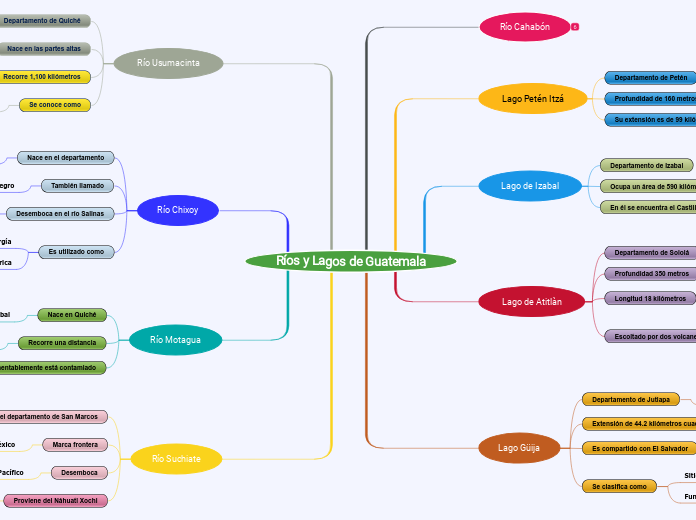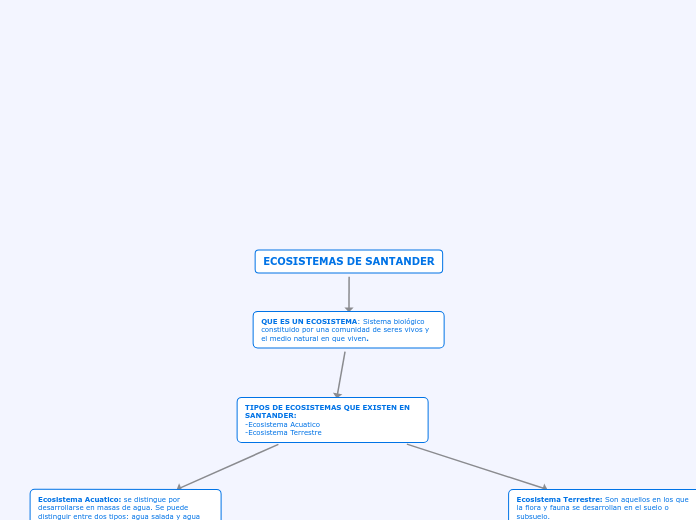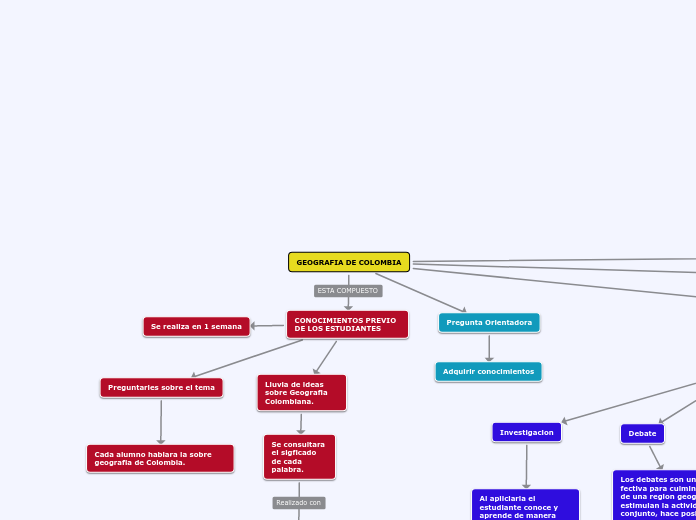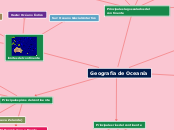PLANISFERIO FÍSICO: MAPA QUE REPRESENTA LOS ACCIDENTES GEOGRÁFICOS DEL MUNDO (TAMAÑO Y FORMA DE LOS CONTINENTES, EL RELIEVE Y LAS AGUAS DEL PLANETA)
ANTÁRTIDA
MONTE VINSON
OCEANÍA
EN AUSTRALIA: GRAN DESIERTO VICTORIA Y GRAN CORDILLERA DIVISORIA
NUEVA ZELANDA: MONTE COOK
AMÉRICA
AMAZONAS
MONTAÑAS ROCOSAS, SIERRA MADRE Y ANDES
EUROPA
The ending of a story is essential. We all know that if the ending is weak, what happened before loses its importance. So make it unpredictable, but fair. A resolved ending answers all the questions and ties up any loose threads from the plot.
This is the closure section of the story.
See examples of possible outcomes below:
- all problems have been solved
- it's clear how each one of your characters ends up
- your main character is transformed by the challenge
RIN
Try answering these questions in order for you to come up with a closure:
- Have all problems been solved?
- Is it clear what happens with all your characters in the story?
- Has the challenged transformed your main character?
- How do the characters feel in the end?
DANUBIO
VOLGA
Try answering these questions to come up with a closure:
- Have all the problems been solved?
- Is there a clear picture of what happens with each character in the story?
- Has the challenge transformed your main character?
- How do the characters feel in the end?
This is the moment when the main character surpasses the last obstacle and finally faces their greatest challenge.
The climax usually follows one of these patterns:
- realization
- resolution
- choice
Type in your answer.
MONTES URALES:LÍMITE ENTRE EUROPA Y ASIA
MONTE ELBRUS
ÁFRICA
The middle of the story is where you add layers of complications that will lead to the end. Reveal more about the character's journey. Did their personality go through changes? How did they overcome the challenges? And as you build up the story’s central conflict, make it more personal to that character. Also, from the middle act, you have to lead into the final act.
Your character(s) need(s) motivation in order to solve the challenge(s).
LAGOS VICTORIA Y TANGANICA
Secondary characters might also have motives that lead them to cross paths with the main character or which might trigger them to help the main character.
RIO NILO
Why does your character need to confront this challenge? What does he/she expect to accomplish by solving it?
See a few examples:
- will marry in 3 days
- can fix the mistakes of the past
Each story has a main character and that character usually needs to solve a problem or challenge. The character's challenge is the one that creates tension throughout the story.
VOLCÁN DEL KILIMANJARO
Type in any other challenges which other characters in the story need to face.
DESIERTO DEL SAHARA
In most stories, there are 3 challenges. The number 3 is a mystical number symbolizing completeness. Try to come up with interesting challenges with which your character needs to struggle.
See a few examples below:
- turns into a werewolf at night
- is sent back in time
EL MAS EXTENSO DEL PLANETA
ASIA
In the beginning of the story (or the exposition), you will need to introduce the setting and characters. You might also want to introduce the main conflict. This part of the story is important because it gives the reader necessary background information and maybe even a first insight into a character’s personality.
AGUAS
The setting (time & place) of a story can change throughout the plot.
LAGO DE AGUA SALADA
The time of the story can also change. It can describe the event of a single day or can include an entire year's plot. Anyway, don't forget to mention it.
MAR CASPIO
LOS RIOS MÁS LARGOS DEL MUNDO
Your story can take place wherever your imagination will take you to.
For example: in an elevator, in an enchanted forest, etc. Don't forget to give details of the environment each time the setting changes, otherwise, the story can be confusing. Also, mention the seasons as each of them has unique weather and events.
HUANG HO
OBI
YANGTSÉ
RELIEVE
Characters are essential to a good story. Usually, the protagonist(s) is/are the most affected by the plot. Introduce a character by focusing on their actions, interests, and occupation, as the physical appearance doesn't make a difference in most cases.
MESETA DEL TIBET
LLANURA CON MAYOR ALTURA DEL MUNDO
Choose the type of your chacter:
Protagonist (main character)Antagonist (main character's opponent)Flat (stereotypical character)Round (his/ her personality develops throughout the story)Static (doesn't evolve as a person throughout the story)Dynamic (dramatical change in personality)Confidant (the main character trusts him/ her)Foil (contrasting character who enhances the personality of another character)Other
HIMALAYA
Type in the name of your character.
CORDILLERA MÁS ALTA DEL MUNDO
Add other qualities/attributes of the character.









